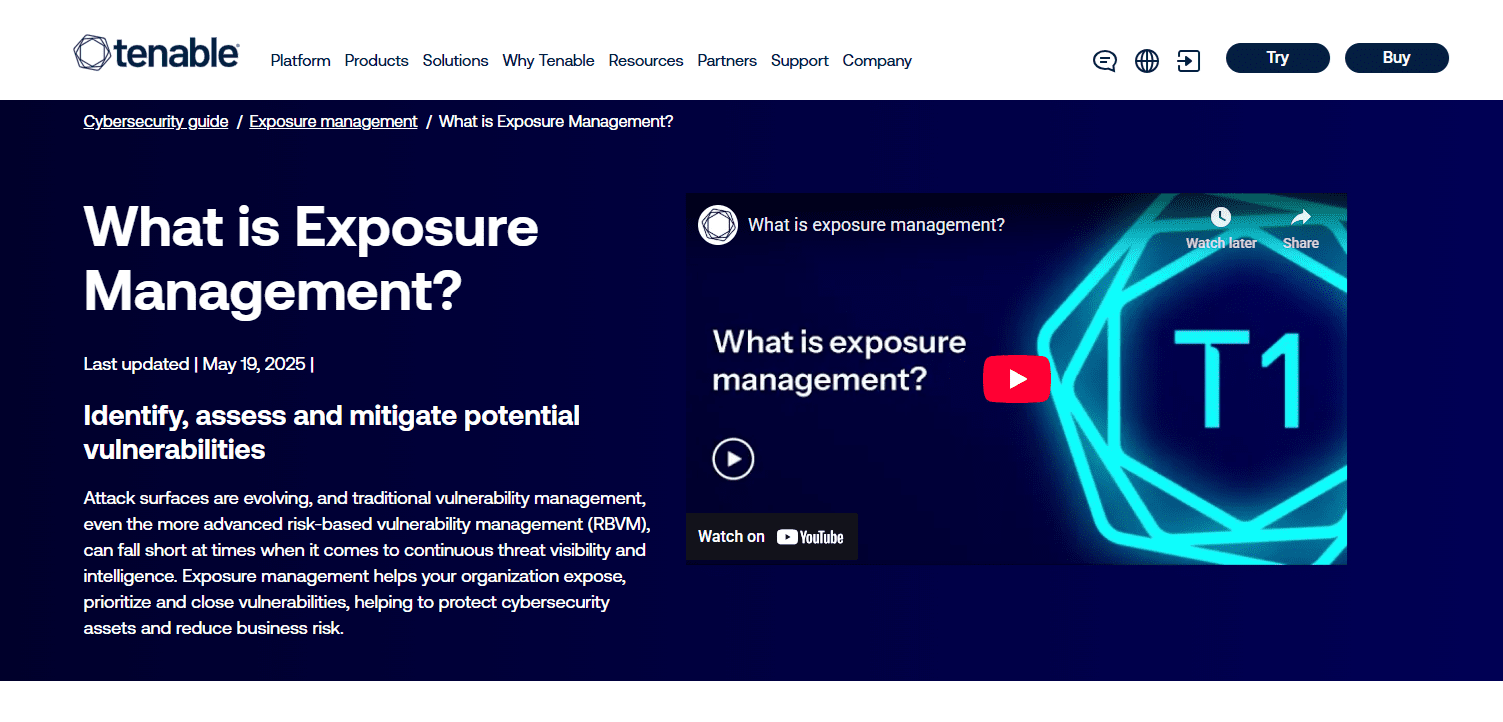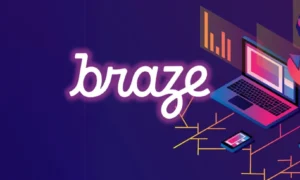The incident response problems faced by today’s top organizations no longer revolve around not having enough information. They revolve around not being able to deal with that information at scale to make meaningful decisions in real time.
When human capabilities meet machine-delivered data, it’s like trying to drink out of a firehose. Consequently, only the best and brightest can do it—with any degree of success, anyway. Companies without a host of elevated cybersecurity professionals are left to triage, leave threats on the table, and expose themselves to unnecessary threats.
To combat this, cybersecurity teams are being offered an increasing number of exposure management tools and platforms, allowing them to leverage a wealth of AI-first capabilities. These products are the key to understanding and managing that wave of information.
The AI Security Deficit
So, why are teams with sophisticated cybersecurity solutions still struggling to keep up? It’s in the interface. Using AI for security has provided us with X-times the amount of information humans could ever use in a lifetime, and still we struggle to beat threat actors to the payload.
Plus, threat actors are actively innovating malicious AI on their side. Consider what we’re up against:
- Over 82% of phishing emails last year exhibited the use of some form of AI.
- Old-school threats like loaders (typically built by LLMs) have grown by 15%
- Discussions of AI-jailbreaking techniques have increased by 52% on cybercrime forums
Not to mention the fact that the total number of CVEs published last year was nearly 40% higher than the year before. So how are we doing with keeping up?
- 62% of all SOC alerts get ignored; 61% ignored alerts that proved critical
- 57% report that investigations are delayed due to poor data handling
- 56% of MSPs experience alert fatigue weekly—or even daily
What teams need are not more alerts, more individual data points, or more puzzle pieces. What they need is something to put all the pieces together.
And that’s where Exposure Management plus AI comes in.
Exposure Management: With and Without AI
There’s no better way to showcase the point than to do a side-by-side comparison. Let’s line up how SOCs typically do things (the status-quo), then how they could be doing things with AI for security.
Searching for Exposures
Without AI
Currently, finding specific exposure evidence means relying on filters, limiting yourself to the ones available to you, then whittling down the results until you find what you’re looking for—for every single exposure.
APIs and scripts provide great automation capabilities, but not every team has the cybersecurity expertise to manage that. Even if they did, they would be taking those experts from other valuable tasks.
With AI
Type your question in plain English and get an answer—in plain English. So, if you’re a manufacturer looking to shore up your OT architecture, you could type in:
“Have any of our critical SCADA systems been affected by vulnerabilities with a CVSS score of 6.9 or above within the past seven days?”
And get a list of assets (hopefully a short list) in an underlying spreadsheet. You could then get more granular with a follow-up: “Prioritize those patches by exposure score.”
Explaining and Understanding Exposures
Without AI
Understanding exposures can be a complex and often convoluted process. You need to explore factors such as:
- Asset metadata like IP address and whether it is cloud/on-prem/hybrid
- Vulnerability info like CVSS scores and attack vector
- Reachability data such as open ports or if it was remotely accessed
And so on. Even the best attack path analysis solutions require you to double-click on each step of the path, draw conclusions from complex findings, and understand the relationships that make up the chain. This requires expertise.
With AI
Teams can use the analysts at their disposal, regardless of their experience level. With an attack path analysis, you get a written narrative of the summarized attack path. You gain insight into the TTPs from start to finish, along with a visual attack path that is open for further investigation. Then you can just “Ask AI about this node.”
Actioning Insights to Reduce Exposures
Without AI
Before teams can responsibly act on an exposure, they have to have the right amount of pieces in place and those pieces all need to make sense. Thanks to AI-driven solutions, getting those pieces isn’t an issue.
However, those pieces are delivered via multiple telemetries for SOCs to spend hours parsing apart. After spending valuable cycles putting the story together, analysts are left to use their own best judgement to interpret the context and plan the next best move.
Depending on the level of expertise, that move may be right or wrong.
With AI
Get a guaranteed correct answer. No more leaving critical data to be time-consumingly analyzed by overworked practitioners of varying skill levels. When you start using AI for security, teams of any cyber maturity level can act quickly and decisively on the correct information, accurately analyze and prioritize, and present results in the most human-friendly, time-saving way.
GenAI in Exposure Management: The Great Equalizer
Sectors from energy to technology, government to media struggle to staff fully operational security operation centers. More and more, even when headcount is hit, these enterprises still fight over the same small pool of uber-qualified professionals needed to combat AI-powered threats at scale.
It isn’t realistic for these, or other smaller companies, to take on today’s threats without an AI-powered tool that fixes these problems.
Organizations that leverage the power of AI with exposure management platforms will not only accelerate their exposure management practices but increase accuracy, scalability, and efficiency across the board—no matter what kind of security resources they bring to the table. —
About the author: An ardent believer in personal data privacy and the technology behind it, Katrina Thompson is a freelance writer leaning into encryption, data privacy legislation, and the intersection of information technology and human rights. She has written for Bora, Venafi, Tripwire, and many other sites.



































